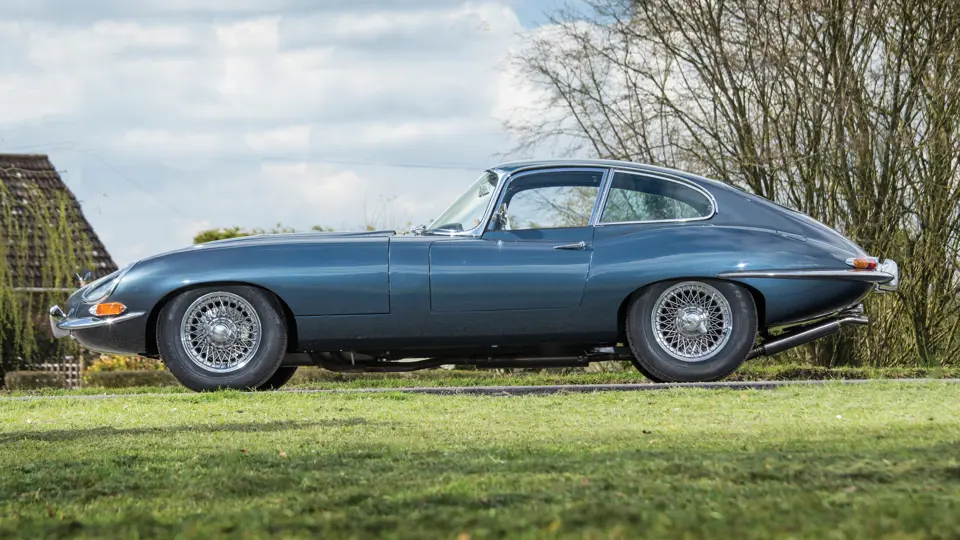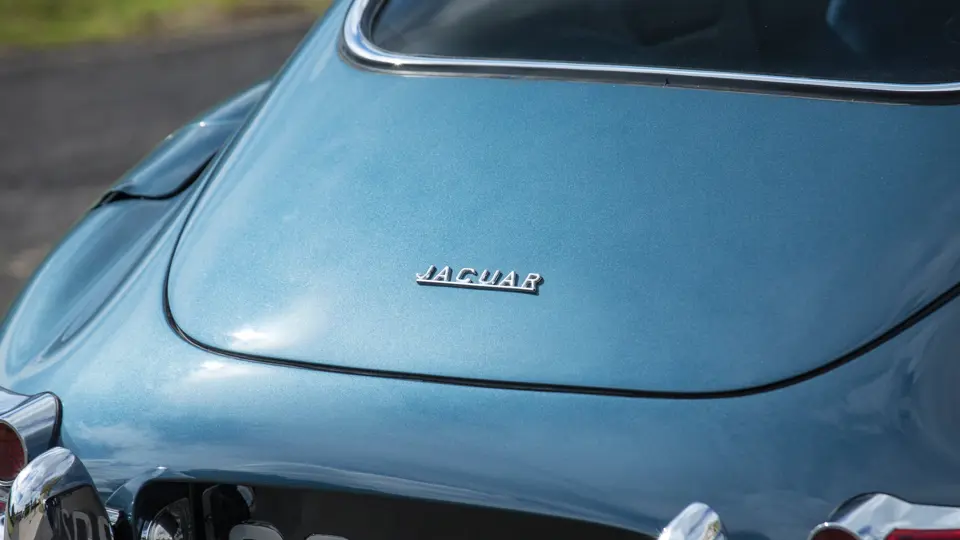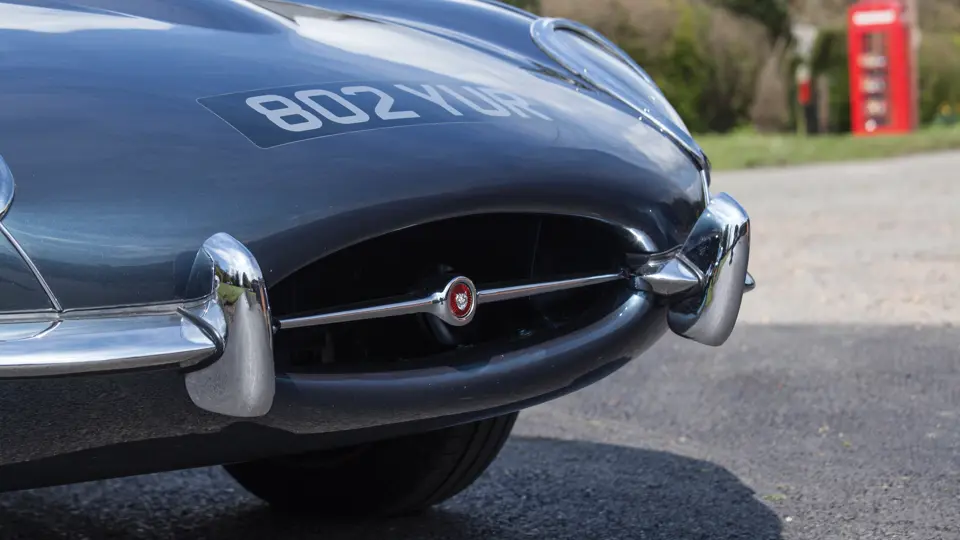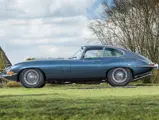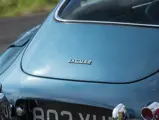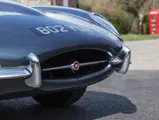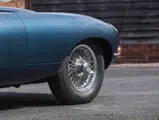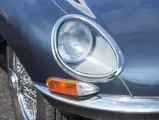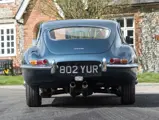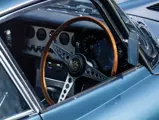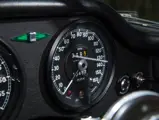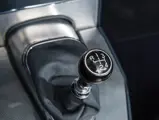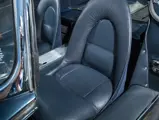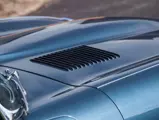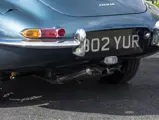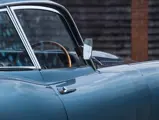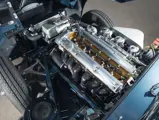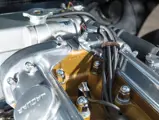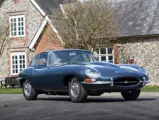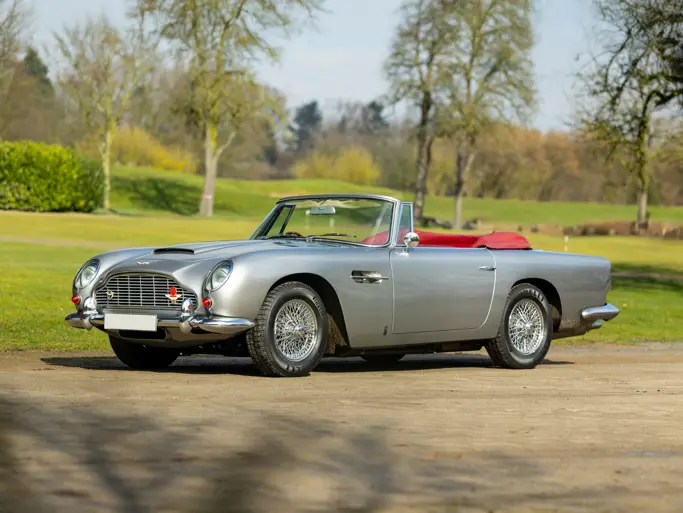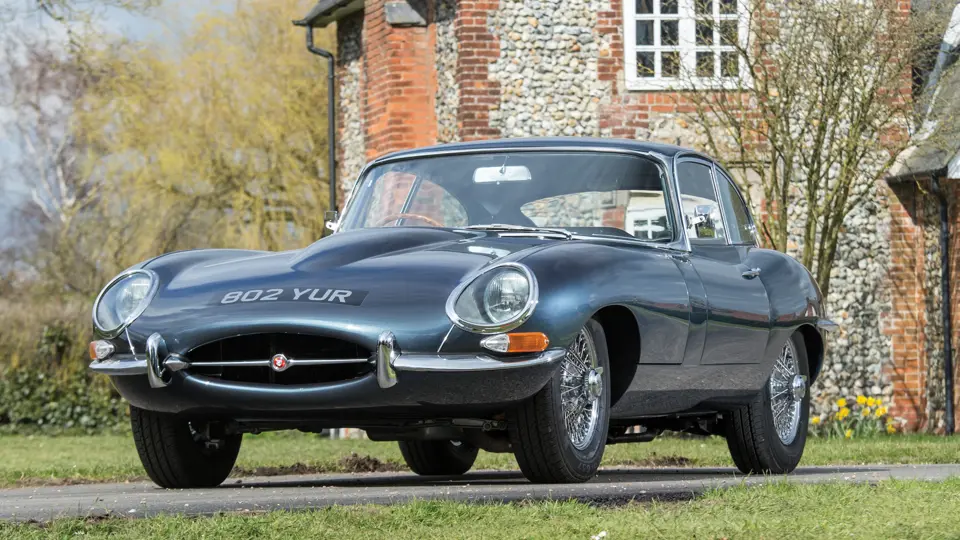
1961 Jaguar E-Type Series 1 3.8-Litre Fixed Head Coupe
{{lr.item.text}}
€140,000 EUR | Sold
{{bidding.lot.reserveStatusFormatted}}
- An early production flat-floor example; welded bonnet louvers
- Retains its original matching-numbers 3.8-litre engine
- Comprehensively restored and recent engine rebuild
- Jaguar Heritage Trust Certificate
265 hp, 3,781 cc DOHC inline six-cylinder engine, four-speed manual transmission, independent front suspension with semi-trailing wishbones, torsion bars, telescopic shock absorbers, an anti-roll bar, independent rear suspension with lower transverse tubular links, radius rods, universally jointed half-shafts, twin coil springs, and telescopic shock absorbers, and four-wheel Dunlop disc brakes. Wheelbase: 2,438 mm
Jaguar’s E-Type was an immediate hit, from its introduction at the March 1961 Geneva Motor Show until its demise in 1974. Autocar said it was a “breakthrough in design of high-performance vehicles”. At its New York introduction a month later, Road & Track called it “every bit as exciting as the XK 120 was” at its 1949 debut, while Car and Driver succinctly remarked “sensual and elemental”.
Unlike its predecessors, the XK 120, 140, and 150, the E-type did not have a separate chassis frame. Its monocoque body shell bolted to a multi-tube front structure, which was covered by a massive bonnet that tilted forward for access to the engine. The engine itself was the dual overhead-cam six of the XKs, in 3.8-liter form, and fed by three SU carburettors. It delivered 265 brake horsepower, accelerated to 60 mph in under seven seconds, and would touch nearly 150 mph when asked. The E-Type’s suspension was independent all around. The differential was mounted to the unibody and featured inboard disc brakes. The front suspension followed from the torsion bar independent arrangement of the XK cars.
The styling was reminiscent of the D-Type Jaguar competition car of the 1950s. The first Jaguar not designed by William Lyons, it was done under the aegis of Malcolm Sayer, an aircraft engineer turned car designer who had worked on the C-Type and D-Type Jags and would later design the XJ13 racing prototype and the XJS coupé. The E-Type’s theme could be described as voluptuous minimalism, as the car had shapely curves and was almost devoid of ornamentation. In place of a grille, Sayer used a simple oval air inlet, bisected by the thin chrome bar. Bumpers were similarly slight. Headlights were covered in Plexiglas nacelles, an aircraft-inspired touch still much loved by purists.
Change came early to the E-Type, and by the late 1960s, safety and emissions regulations had had their way with the E-Type, compromising appearance and performance. Most obvious were the replacement of the early cars’ covered headlamps with exposed sealed beams and enlargement of other exterior lighting. For this reason, it is the early Series 1 cars, of which this is an excellent example, that are most highly prized.
The 29th right-hand drive fixed head coupé, this Series 1 E-Type was manufactured on 15 November 1961 with the distinctive early flat floor and welded bonnet louvres, and despatched from the Works nine days later to Jaguar Cars New York. It is believed to have spent most of its life in the United States and was restored in the Philadelphia–New York area in the 1990s, for which receipts are available. The engine is original to this early chassis, although the gearbox has subsequently been replaced.
It was imported into the United Kingdom in 2010, serviced by Alexandra Motors, MOT’d, and registered. In late 2012 and early 2013, the interior was replaced, and all gauges were refurbished. Subsequently, Fullbridge Restorations performed extensive body restoration. In 2015, the engine was rebuilt by Foxley Classics, along with fitment of a virtually new brake system, including new callipers.
Painted in the original Opalescent Dark Blue, it has a complementing navy blue interior. With its fresh engine overhaul, superb appearance and great attention to detail, it is an excellent example of the coveted early Series 1 Fixed Head Coupé, relatively rare in right-hand drive. It is accompanied by a Jaguar Heritage Trust Certificate, attesting to its build configuration, a book detailing the United States restoration and invoices for all work performed since its repatriation to the United Kingdom. The latter total nearly £50,000.
This is an outstanding example of the iconic E-Type in its purest form.

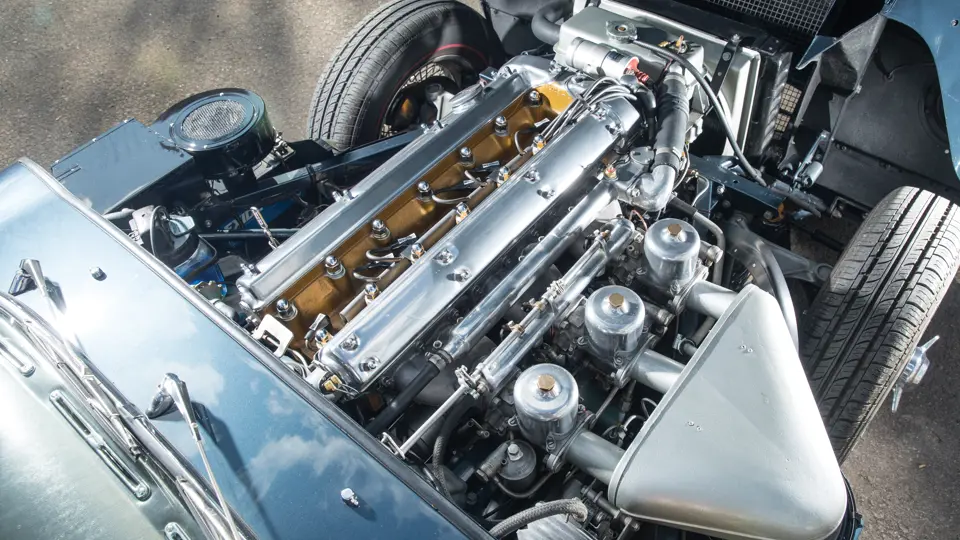



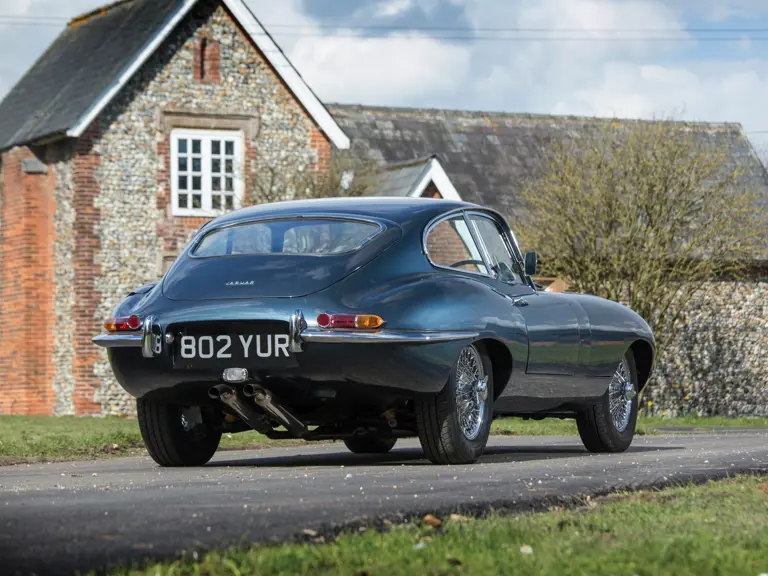
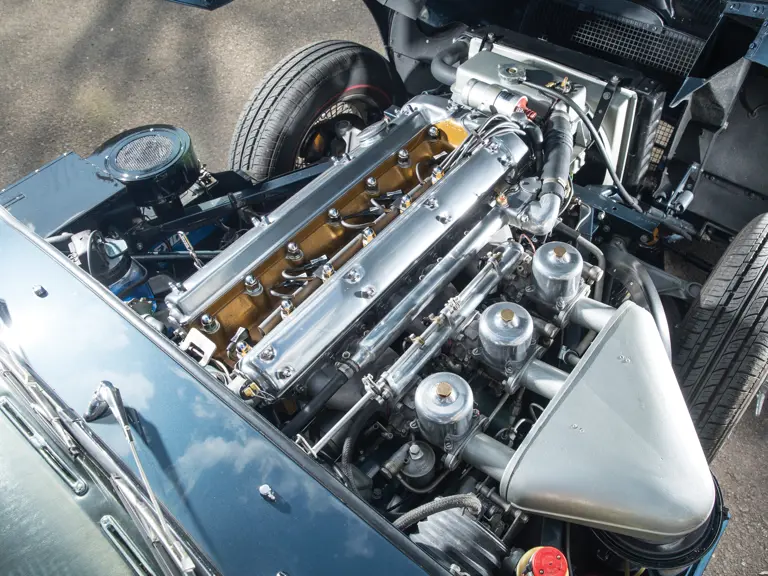

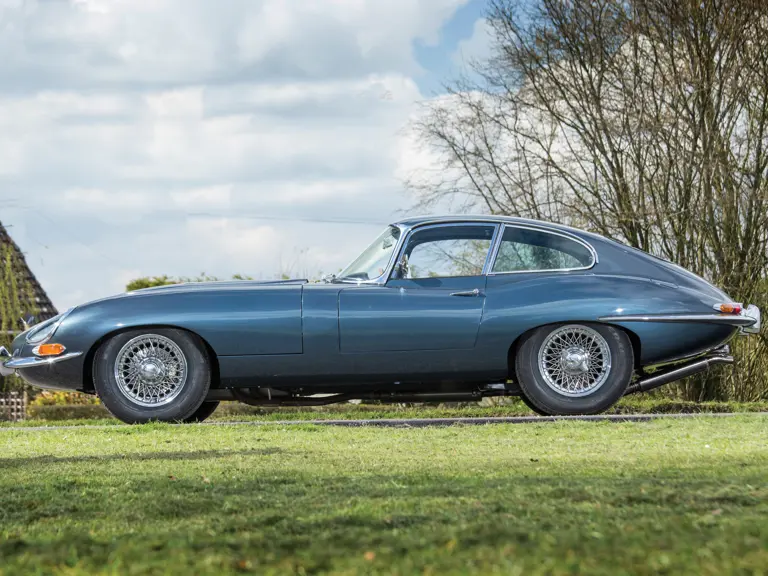
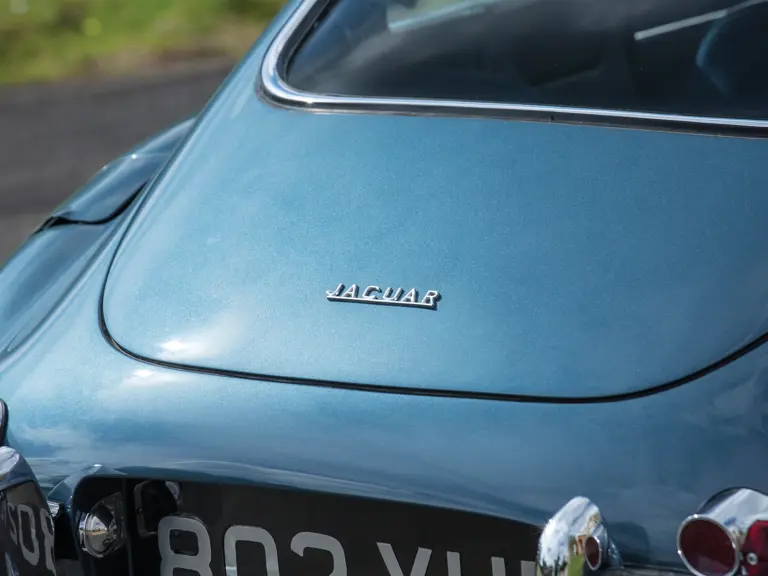

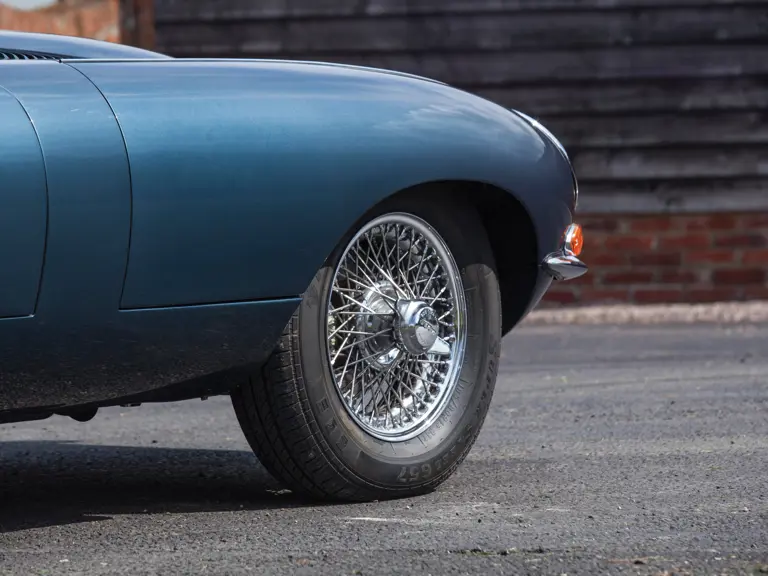
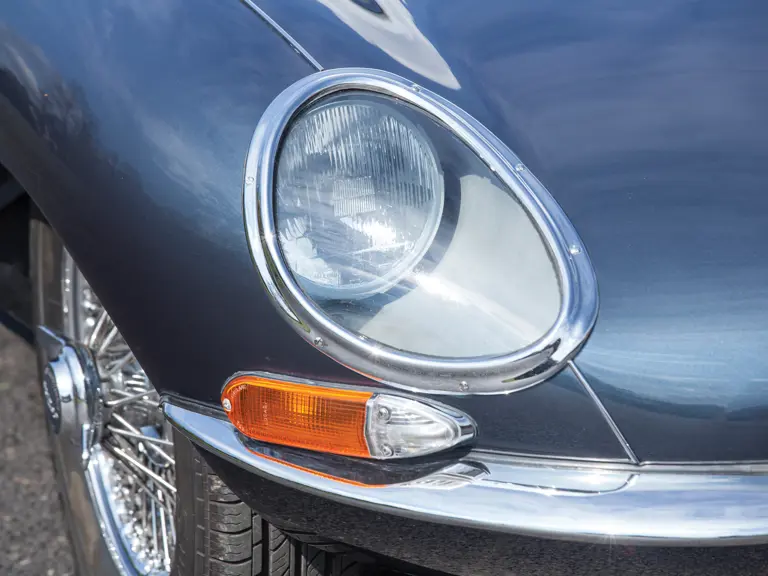
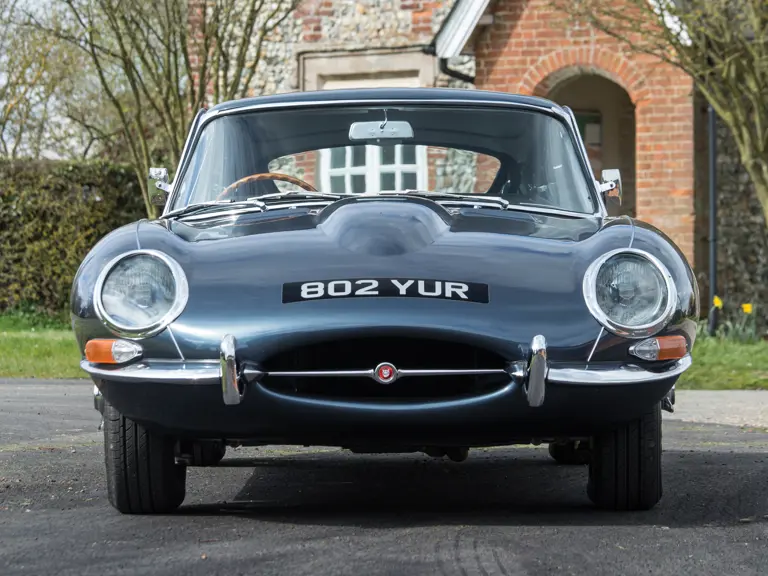

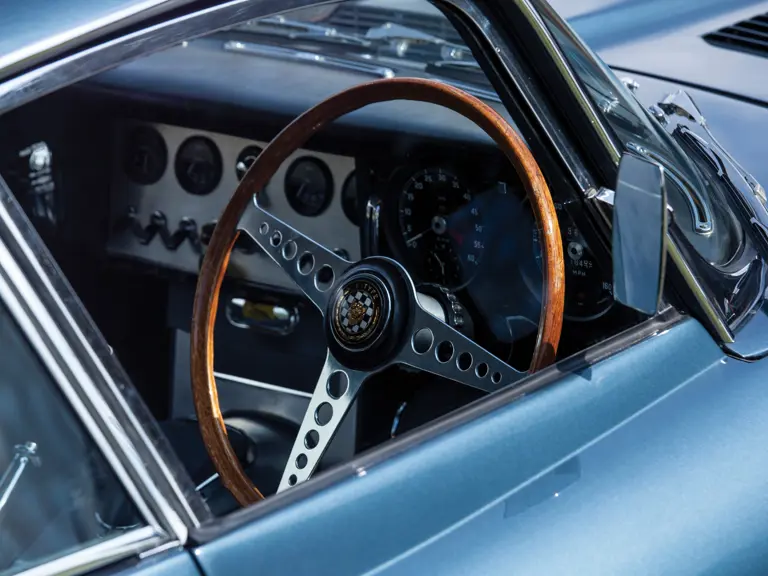
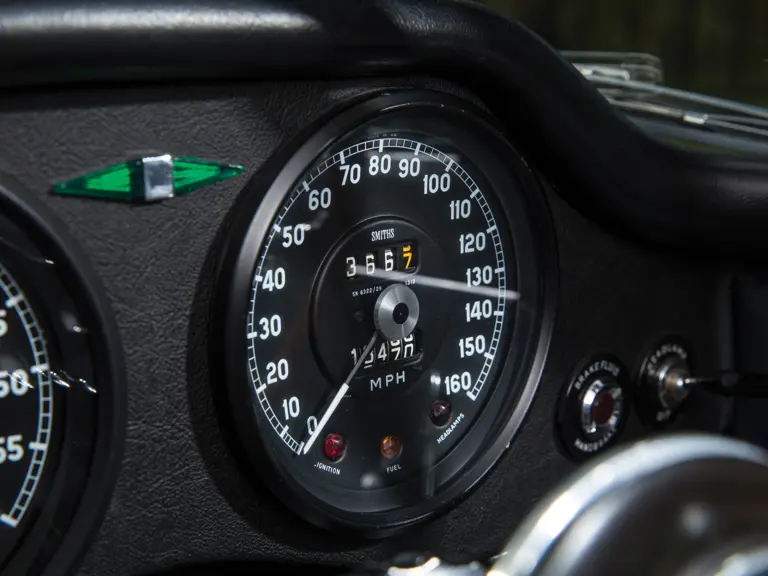

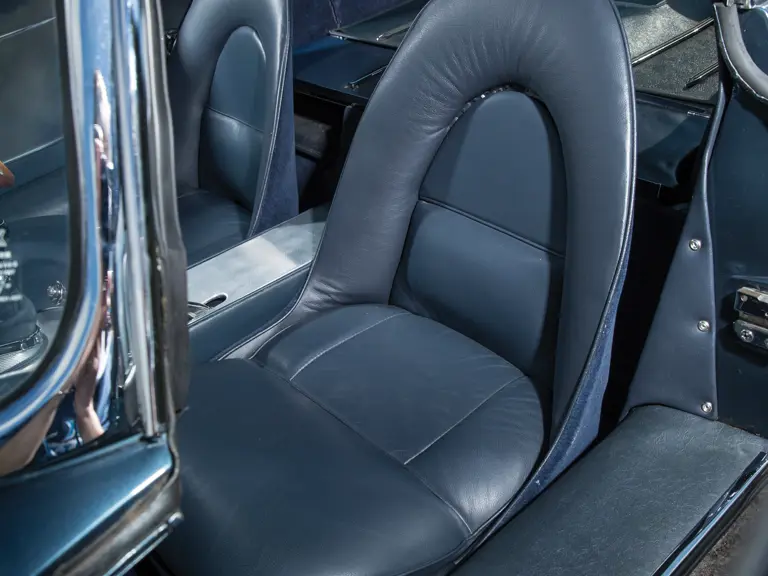
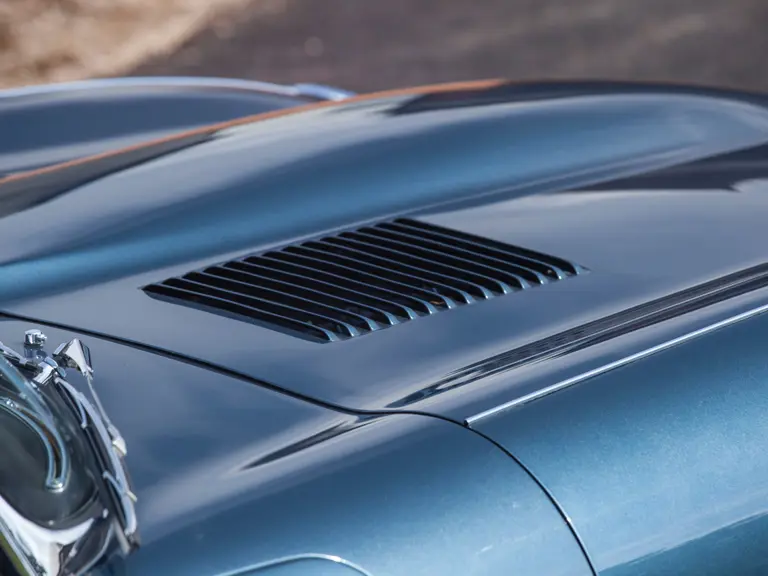
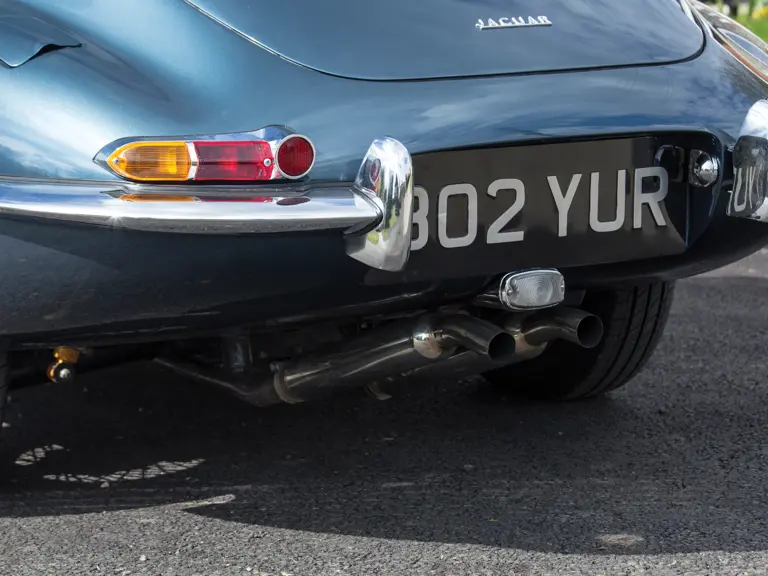
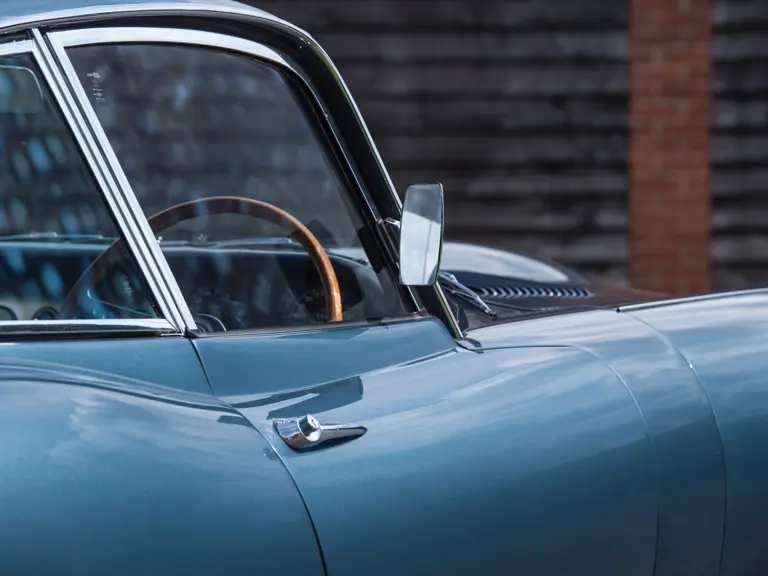
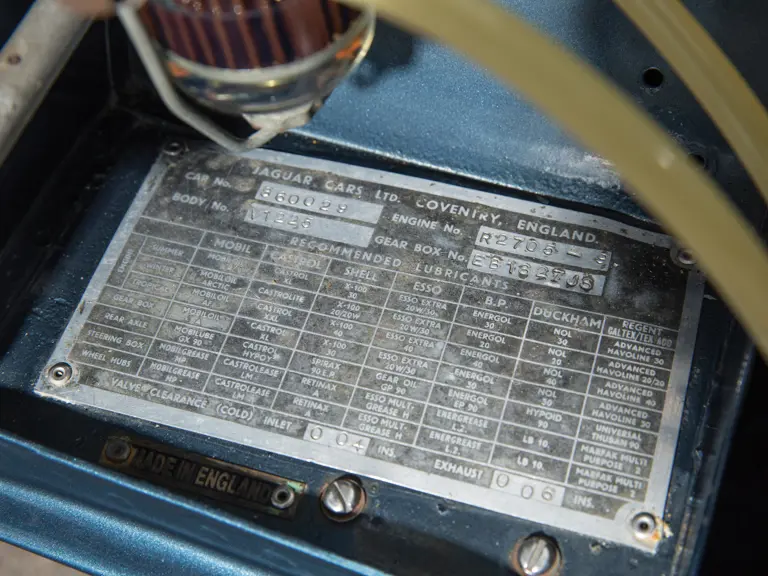

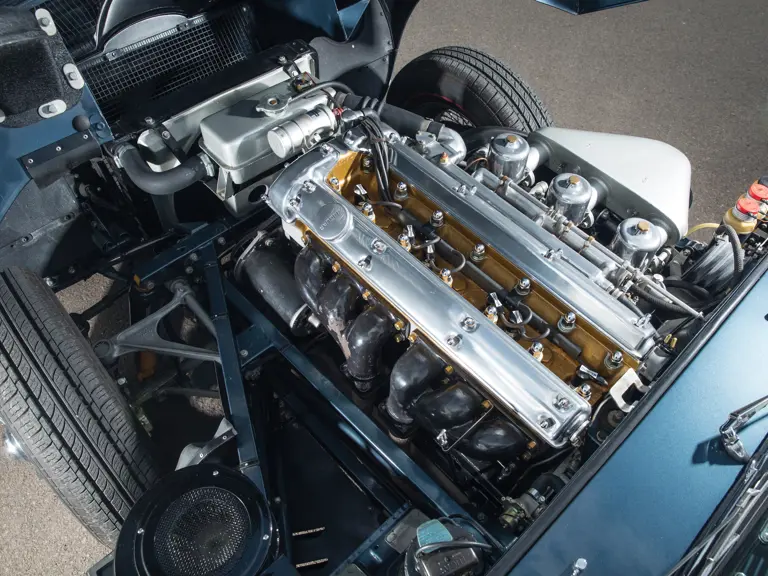
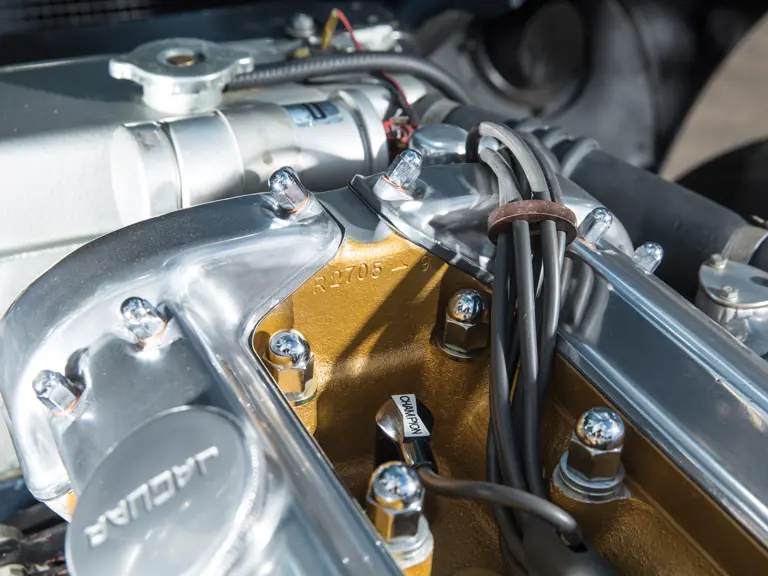
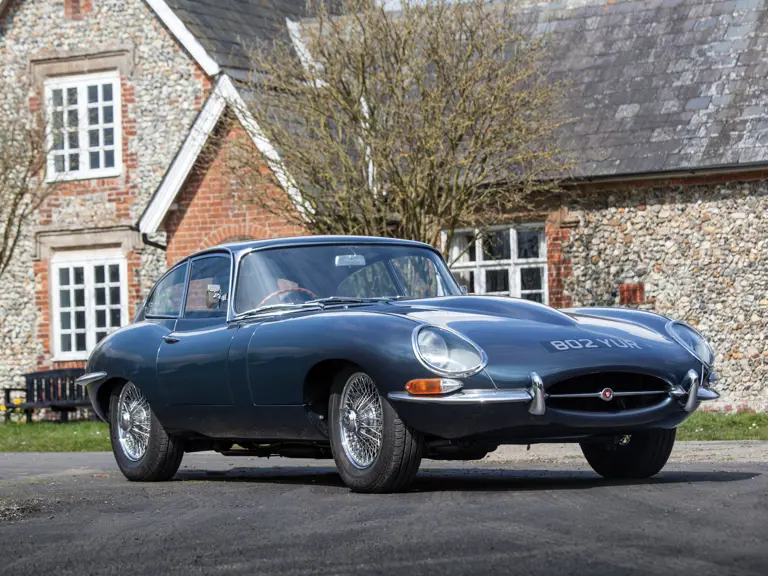
 | Monte Carlo, Monaco
| Monte Carlo, Monaco
